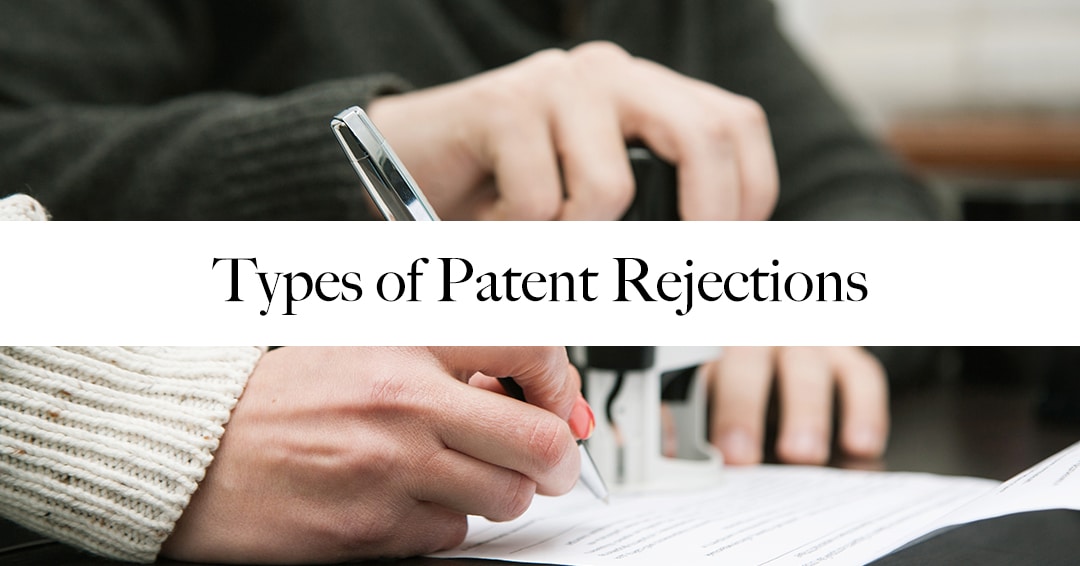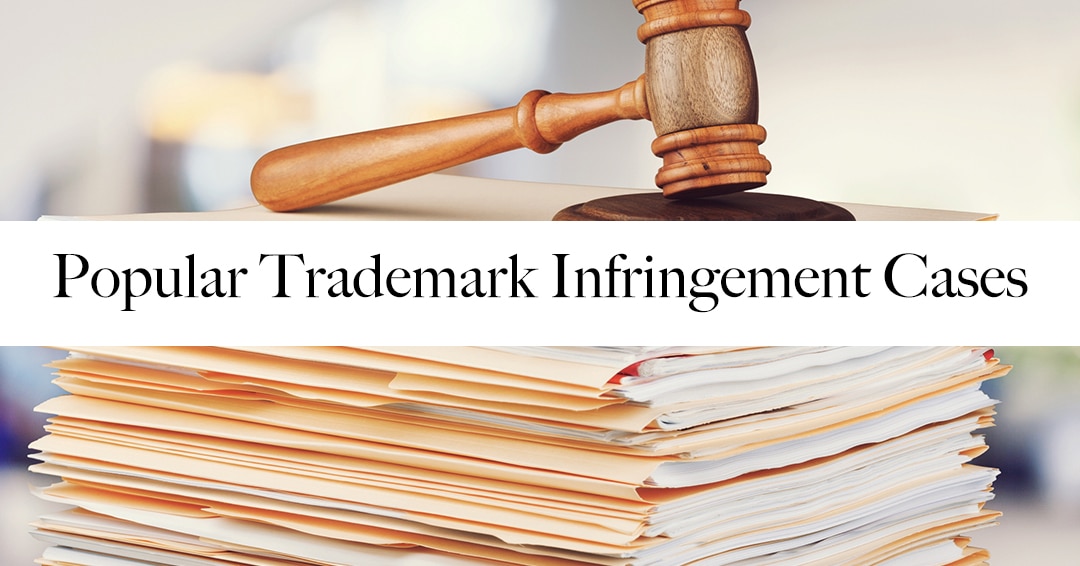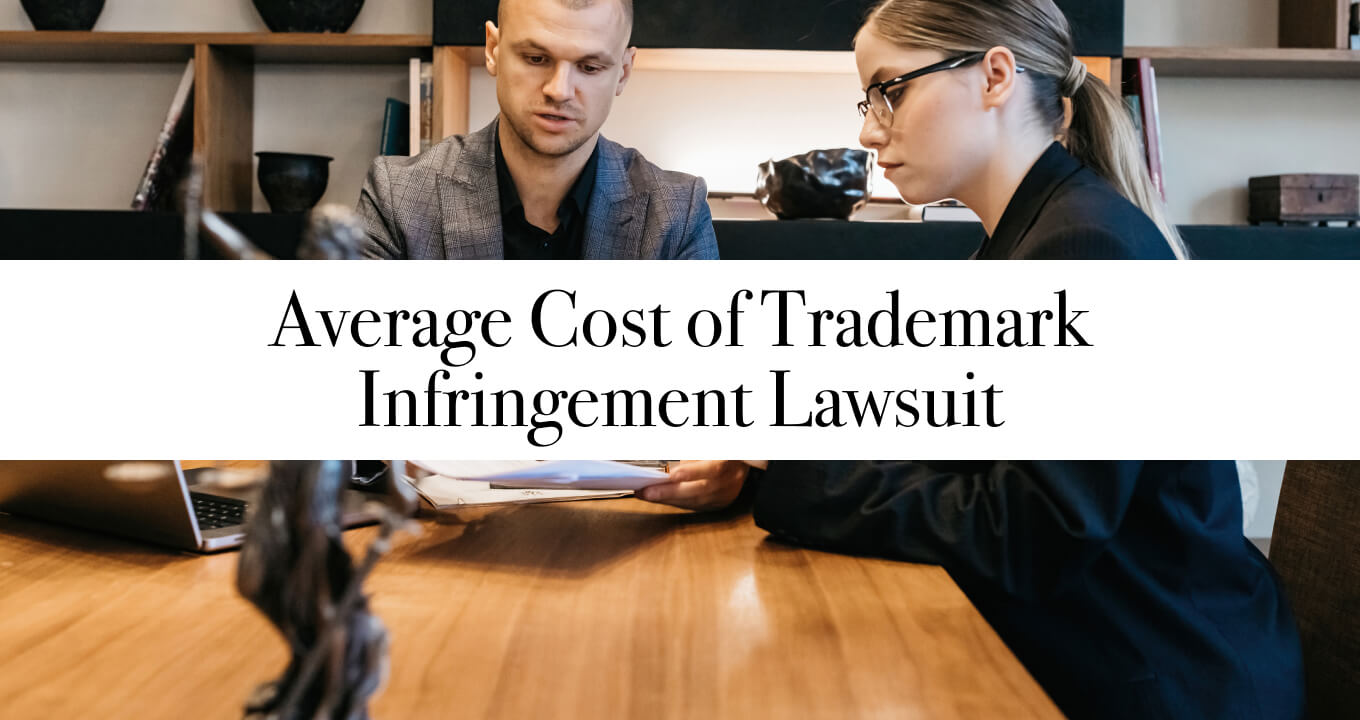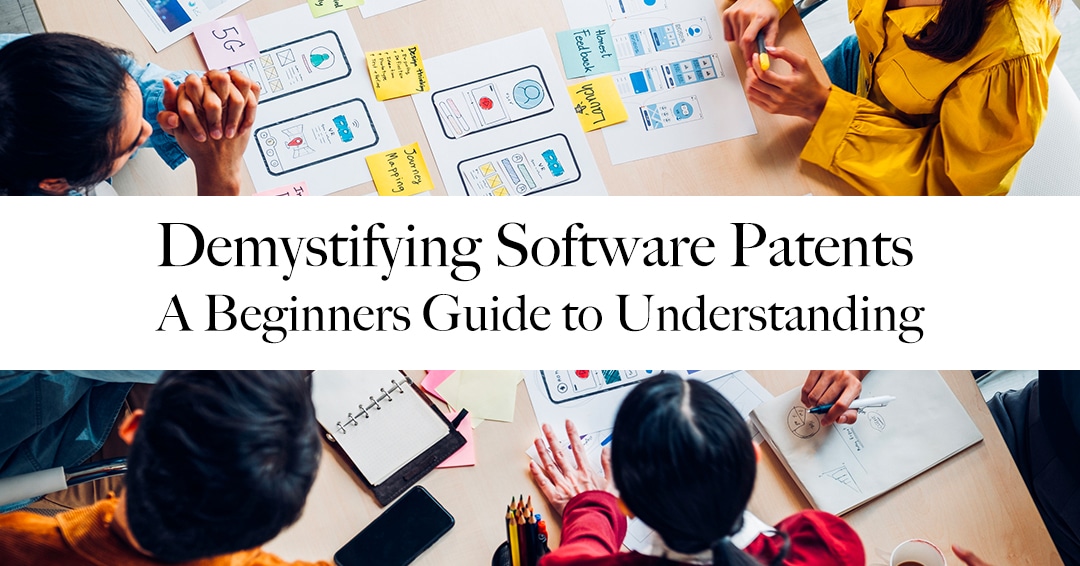Our Blog

Types of Patent Rejections
Patents play a vital role in protecting intellectual property and fostering innovation. However, the patent application process can be complex and challenging. One major hurdle that inventors and patent applicants often face is the occurrence of patent rejections.

Most Valuable Patents In History: Innovations that Shaped the Modern World
Patents represent the cornerstone of modern innovation, serving as both a record of ingenuity and a commercial weapon in competitive markets.

Popular Trademark Infringement Cases
Trademark infringement cases continue to make headlines as businesses around the world battle over the rights to significant brand names and logos, so understanding the complexities of trademark infringement is crucial for both companies and consumers alike.

The Most Prolific Inventors That Changed Humanity
Throughout history, the most prolific inventors who changed humanity have transformed the trajectory of society with groundbreaking innovations. From lifesaving medical discoveries to revolutionary technologies, these visionaries have redefined possibility through enhanced daily life and catalyzed advancements in industries, shifting how we live, work, and connect with the world around us.

Average Cost of Trademark Infringement Lawsuit
Businesses and individuals must understand that trademark infringement leads to costly legal battles. The average cost of a trademark infringement lawsuit in the United States can range from $120,000 to $750,000, depending on factors such as the case’s complexity and the trial’s length.

Is Software Patentable?
A software patent is a type of patent granted to inventors of software programs that meet certain patentability requirements. And they are important to keep your software protected against fraud or copy cats.
Schedule a Free Consultation
The Adibi IP Group has built a team of motivated patent law experts working with some of the most innovative entrepreneurs and businesses in the country. We help inventors at all levels, from founders, to engineering teams, PE funds, and executives, achieve outsized returns from their IP. Connect today and learn why groundbreaking companies across the world trust us.


